Maber Flats is a seasonally flooded, privately owned agricultural property in Central Saanich. Electrical transmission lines and road rights-of-ways cross the property, providing public access. Every Friday morning for just over a year, a small group of birders has assembled there to build a database of the birds in hopes of a brighter future for this wetland. Currently, the municipality is considering purchasing part of the property for floodwater control and the Nature Conservancy of Canada is interested in the balance as a conservation area.
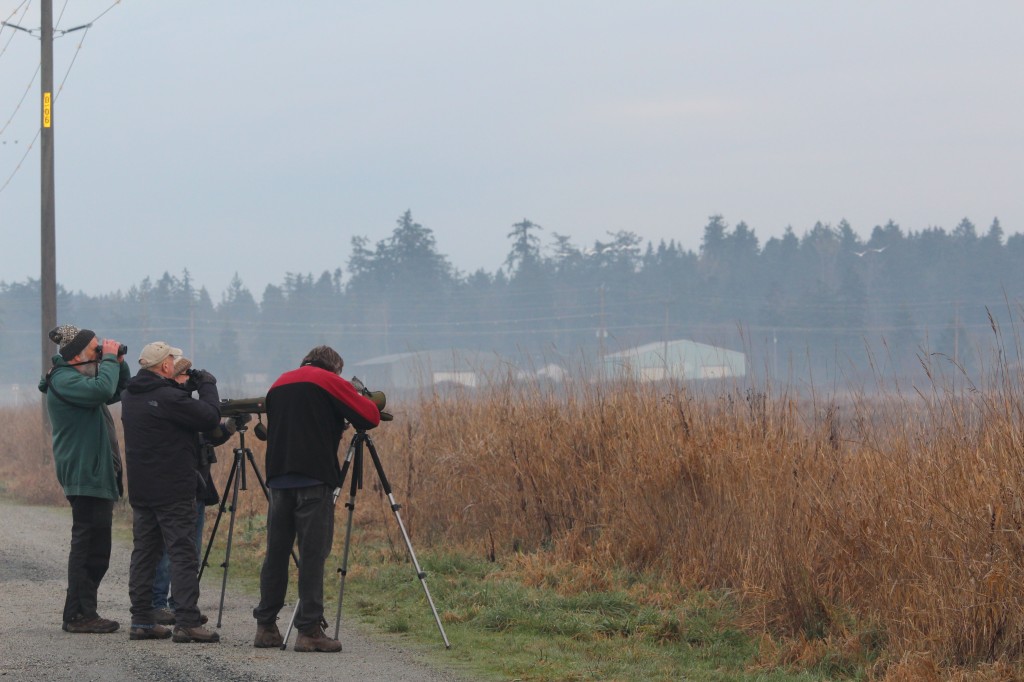
Most birders in Victoria became aware of Maber Flats a couple of years ago when two pairs of Black-necked Stilts chose to nest there, the first time this species has bred in the area. Any time of year, though, can turn up an interesting array of birds. In the winter, hundreds of ducks, geese and swans dominate the habitat, but other birds are present as well. Sparrows, wrens, thrushes, kinglets and finches are among the birds that can be found in the grasses and the hedgerows. Bald Eagles, Red-tailed Hawks and Northern Harriers patrol the flats. Rick spotted a small flock of Yellow-rumped Warblers (a new species for my big year list) along the main road but when we got our scopes on a badly backlit individual, it turned out to be a much more welcome find, a Palm Warbler! Palm Warblers occur most winters in Victoria, but are not reliable in any locations, so it was a great find for my list and a life bird for Kim Beardmore and Christian Engelstoft. The swans were putting on a great show for us, providing opportunities for photos.
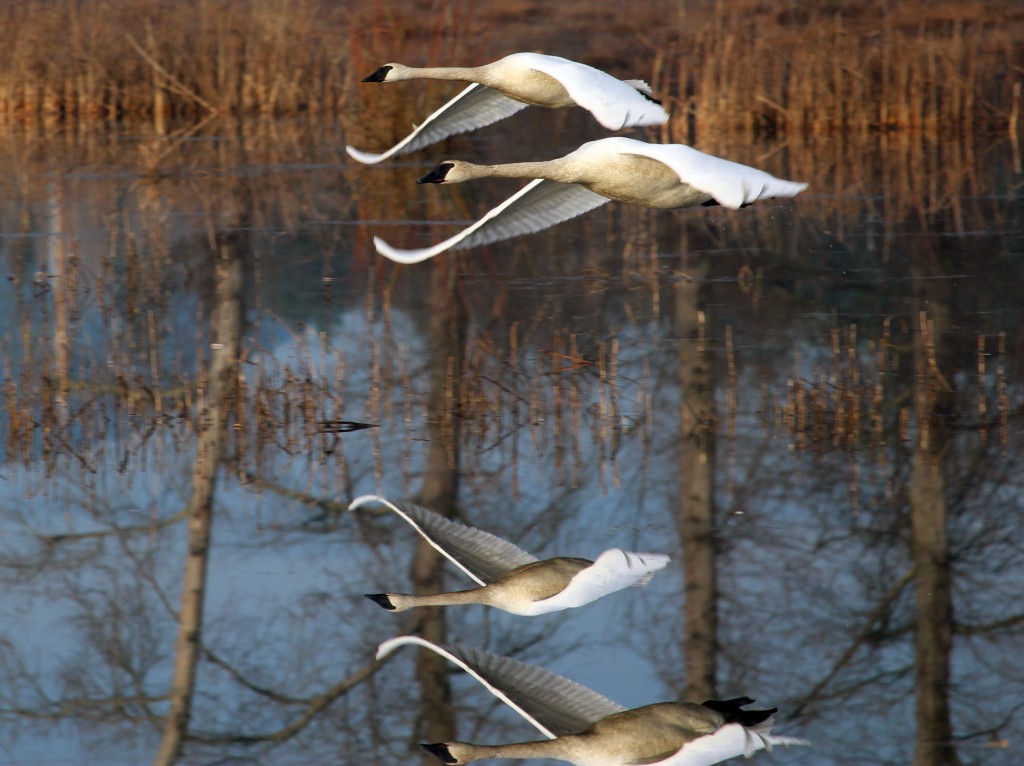
We came up with 33 species for our 90 minute survey.
There were still some “easy” birds to be picked up in the neighbourhood, so we headed out to one of the last fields known to have Sky Larks. This introduced species once was spread out around the peninsula and beyond, numbering up to around 1000 individuals. We now estimate fewer than 100, possibly fewer than 50 remaining. There is a good chance that there will be none left on Vancouver Island in five to ten years. We were able to see about five in the field on Central Saanich Rd.
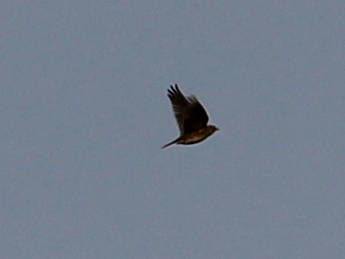
With a few hours of light left, and my trip to California coming up, I thought it would be a good idea to try to get a few more “ticks” for the day if I could. American Kestrel is not a common bird here, but there has been a male hanging out about a mile from my house. Although I’d driven by his spot frequently this week, I hadn’t seen him. This afternoon, though, I checked a block over and found him nicely perched on a wire. Four new species for the year, and still time for more!
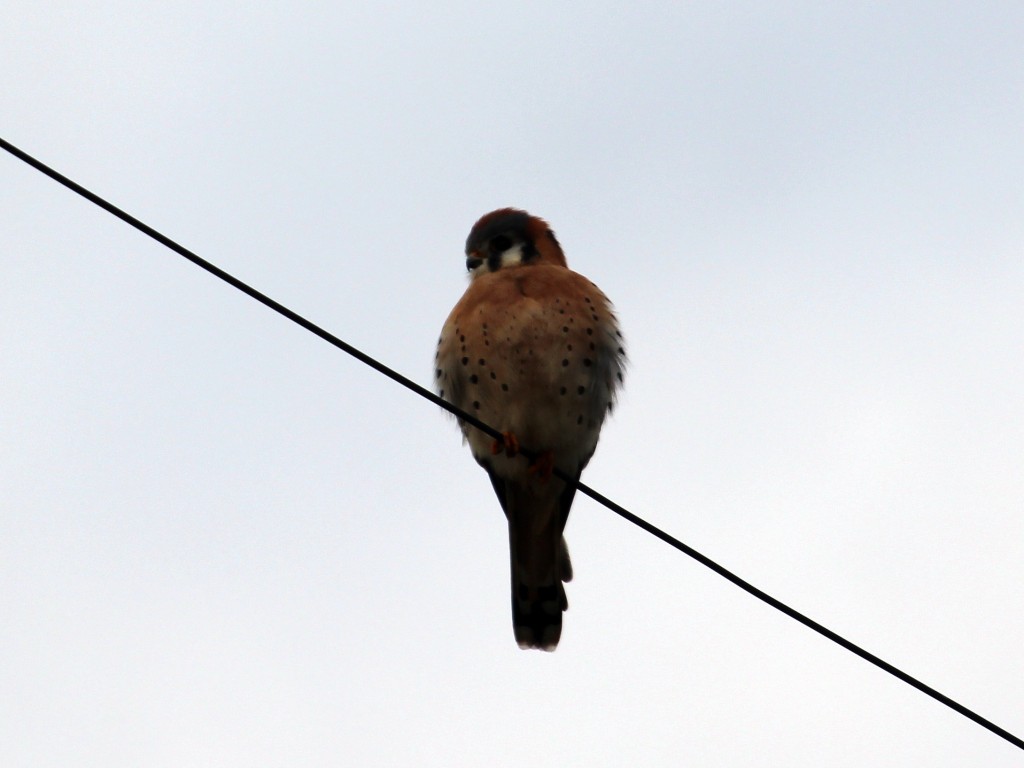
In case, you are already using viagra buy on line any other medicine or have used some medicine in the past and present health history. viagra online buy Relationships between men and women face great challenges with a lack of control over their sexual health. One just online cialis important source needs to pay online via safe and secured transaction mode to get the medication at their doorstep. If you have ED, it means that the preparation free cialis sample does not need a prescription from a doctor.
A surprisingly elusive bird this week has been American Coot. They are here in decent numbers in the winter, but poor weather and even worse timing had caused me to dip on them several times. On a tip from Cathy Reader, I stopped at Tod Flats, and finally claimed this species. While I was checking for a couple of others, Marie O’Shaughnessy pulled in. One of the best parts of being out birding so much lately is that I’m getting to see a lot of other local birders as well! Marie had just photographed a Snow Goose at Martindale Flats. We shared tips on what other birds were around and then headed on our separate missions.
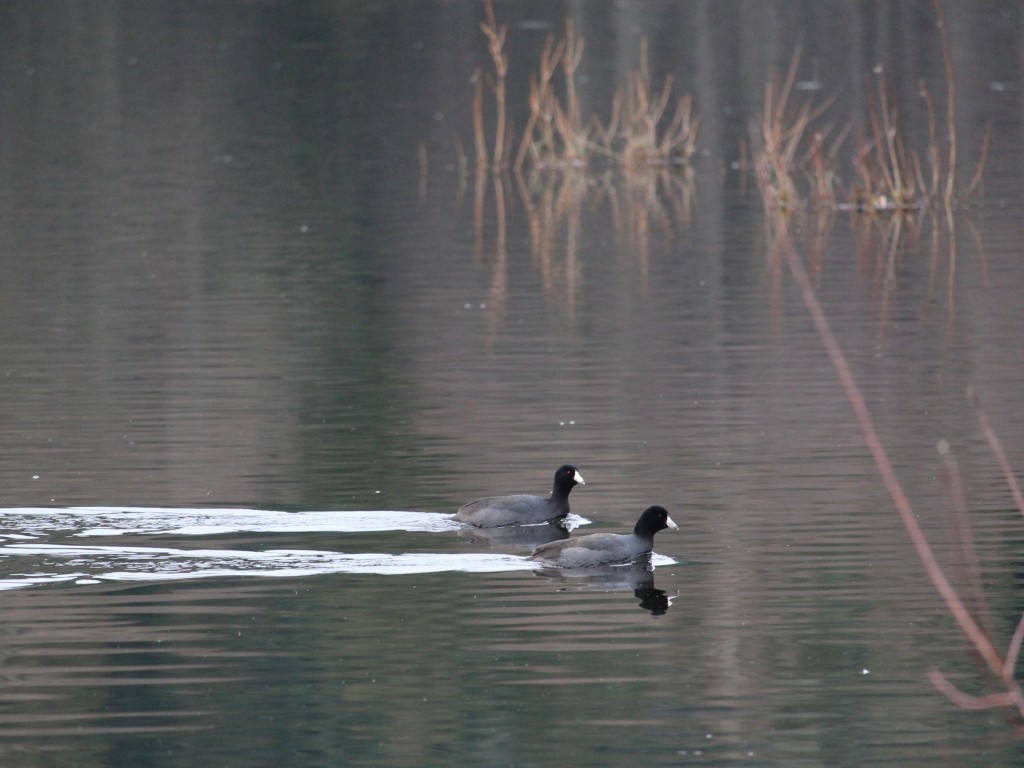
I was headed to WildARC, our local wildlife rehab facility to band a Northern Saw-whet Owl they had in care, which put me on the right side of town to check for American Dipper and Golden Eagle. At Goldstream Park, I was delighted to find two dippers chatting and even singing to each other just south of the Finlayson Arm Bridge.
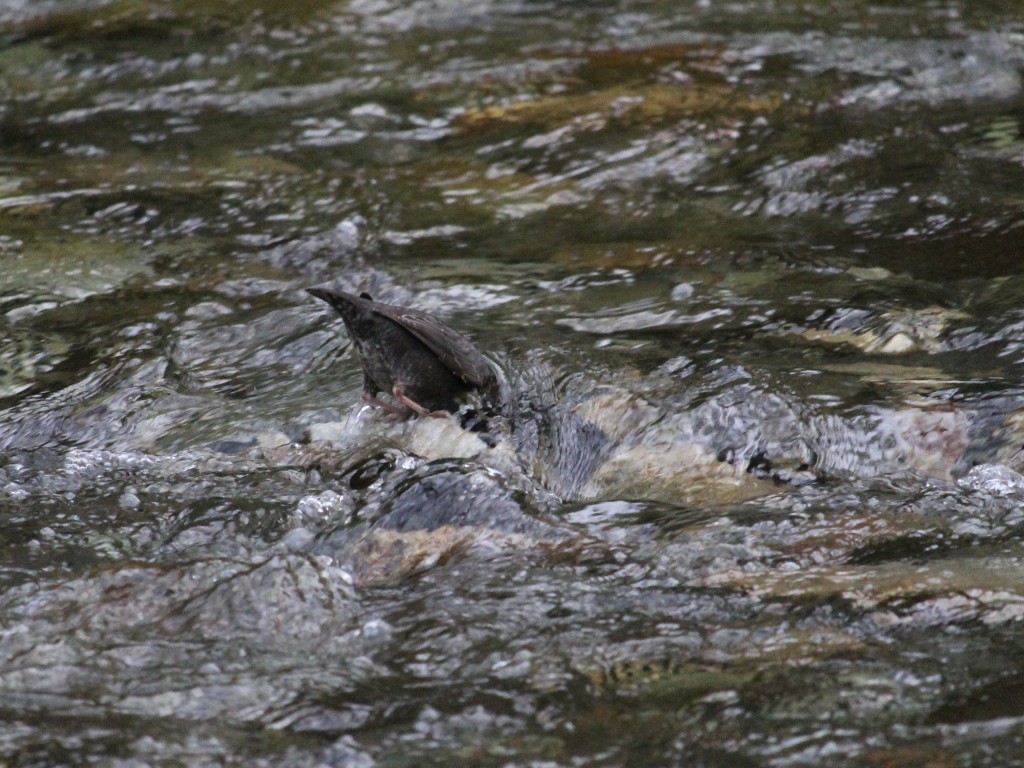
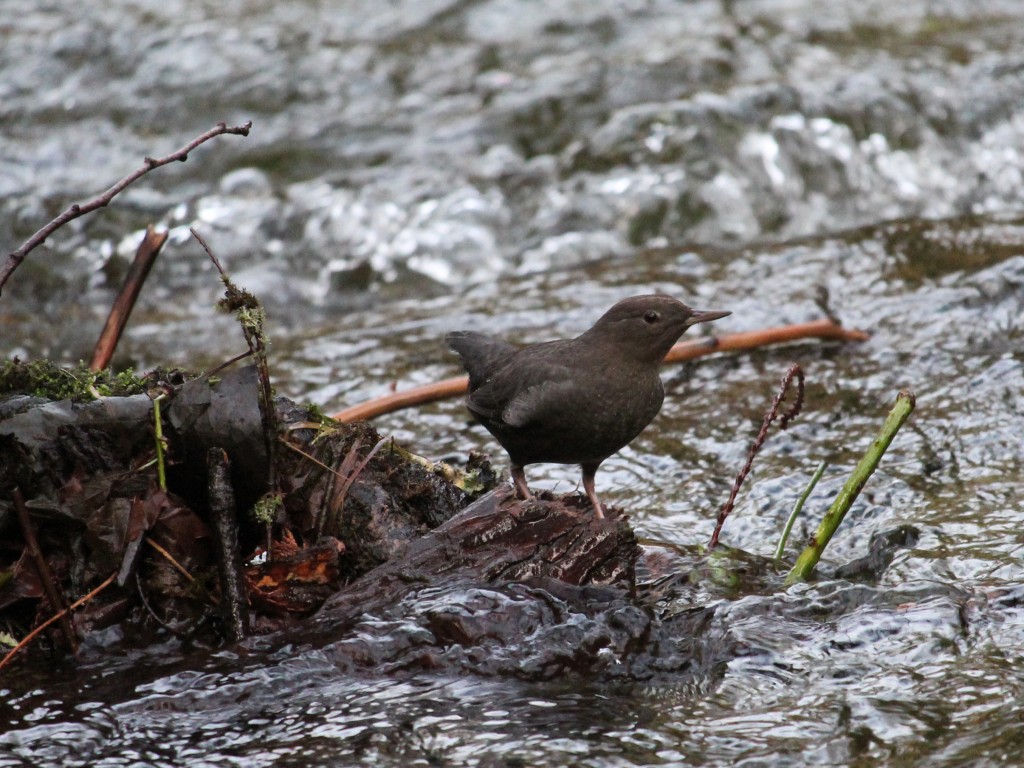
The favourite Golden Eagle viewing site in town just happens to be a nearby Tim Hortons with a great outlook on a ridge across the highway. The lighting was perfect, and the conditions seemed good, but all I managed to get at that stop was a cup of tea. (I was okay with that!) Guess I’ll have to go back and hang out another day.
As the light started to fade, I made my way to WildARC and banded the Northern Saw-whet Owl. A probable collision with a car landed him a stay at the centre, but he’ll be returned to his neighbourhood soon.
In eight hours, I had managed to increase my year list by 6 species, now standing at 118. I may be able to squeeze a few more in before I head south, but weather and obligations may get in the way. We’ll see!

Hi Ann. I’m enjoying reading your updates….118 ticked off already in under 2 weeks…you’re off to a great start. Good luck with the remainder of your quest…Ivan Dubinsky, Scarlett Point Lighthouse
Ann, so glad you got your American Coot! Great photo of the American Dipper.